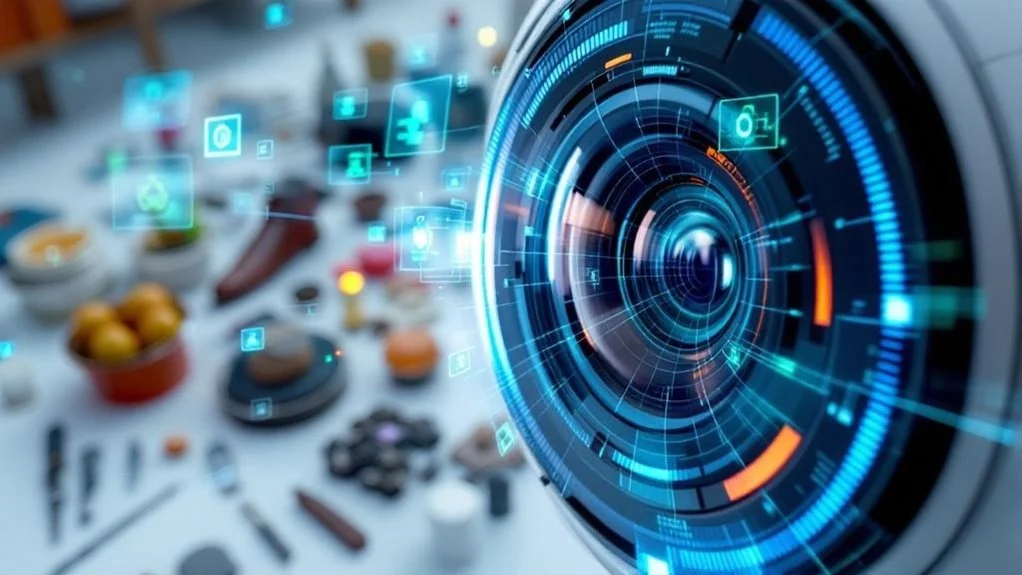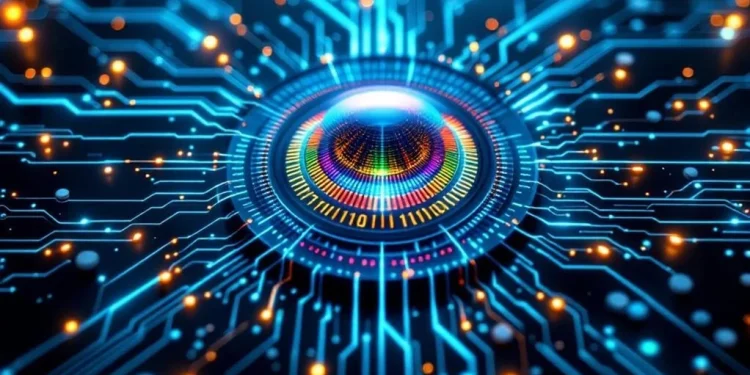An image recognition algorithm is computer software that analyzes digital images to identify objects, people, places, and actions. It works by detecting patterns, shapes, colors, and textures within a grid of pixels. These algorithms use machine learning techniques like neural networks to improve accuracy over time through training. Modern applications include medical diagnosis, facial recognition security, and retail inventory tracking. The technology continues to advance with specialized architectures and innovative approaches.

Behind every smartphone that opens with a face scan or social media app that automatically tags friends in photos lies an image recognition algorithm. These powerful tools enable computers to understand and analyze digital images, much like how humans process visual information. Image recognition algorithms work by detecting patterns, shapes, colors, and textures within images to identify objects, people, places, and actions. The technology analyzes images as a grid of pixels that represent color and shade values.
Image recognition gives computers human-like vision, helping them interpret photos through patterns, shapes, and colors to identify what they see.
These algorithms rely on machine learning techniques to improve their accuracy over time. They learn from large sets of images, developing the ability to recognize specific features and patterns. The most common type is the image classification model, which assigns a single label to an entire image, such as “dog” or “house.” More complex algorithms like object detection models can identify multiple items within a single image, drawing boxes around them and labeling each one separately. The process requires three main steps of data gathering, neural network training, and prediction.
The learning process typically follows one of three approaches. Supervised learning uses images that humans have already labeled, teaching the algorithm to recognize specific categories. Unsupervised learning lets the algorithm discover patterns on its own without predetermined labels. Self-supervised learning bridges these approaches by creating its own training labels from the data, making it useful when labeled data is scarce.
Modern image recognition relies heavily on specialized architectures like Convolutional Neural Networks (CNNs) and Vision Transformers (ViT). CNNs excel at processing visual data by analyzing images layer by layer, similar to how the human visual system works. Vision Transformers, adapted from language processing technology, bring new capabilities by focusing on relationships between different parts of an image.
Real-world applications of these algorithms are widespread and growing. In healthcare, they help doctors identify diseases in medical images. Security systems use facial recognition to control access to buildings. Retailers employ object detection to track inventory and prevent theft. Some advanced algorithms, like Grounding DINO, can even recognize objects they weren’t specifically trained to identify, showing how the technology continues to evolve.
The development of image recognition algorithms represents a significant advancement in artificial intelligence. As these systems become more sophisticated, they’re finding new applications across industries, from autonomous vehicles that need to understand their surroundings to social media filters that can transform your appearance in real-time. Their ability to process and understand visual information continues to improve, making them increasingly valuable tools in our digital world.


